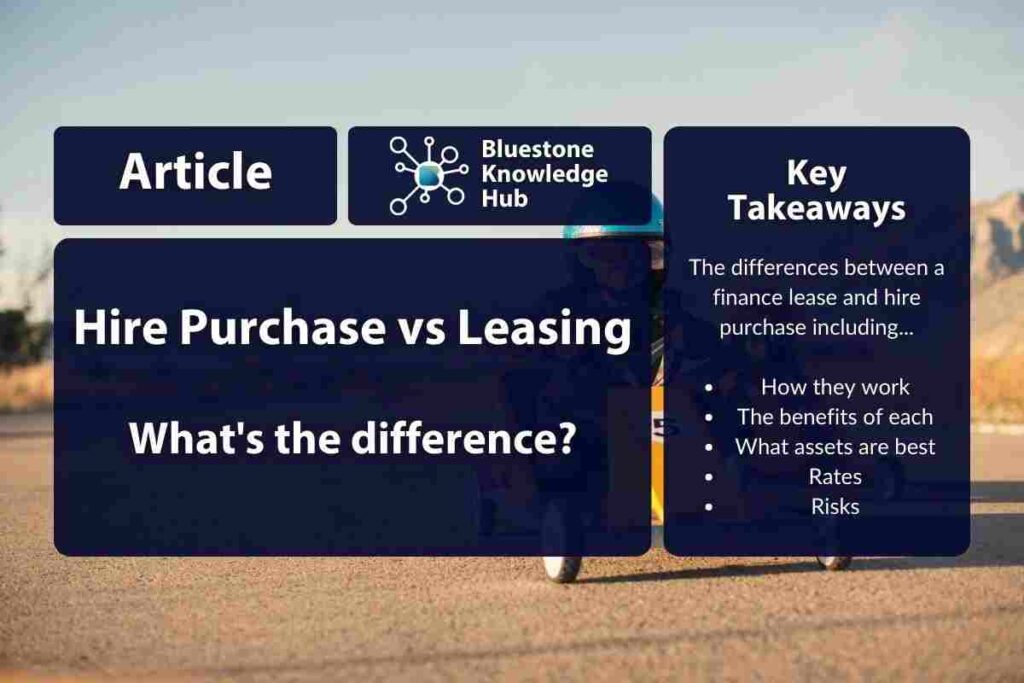
Understand 10 Difference between hire purchase and leasing
Welcome, dear readers, to the fascinating world of financial choices! Today, we delve into the contrasting realms of hire purchase and leasing, exploring their key difference in terms of ownership and commitment. Join us on this enlightening journey!
Difference between hire purchase and leasing
Hire purchase and leasing are two common methods used for financing assets such as cars, equipment, and machinery. Although both involve making payments over time to use an asset, there are significant differences between the two. In this article, we will explore 10 key difference between hire purchase and leasing.
Ownership: The main distinction between leasing and hire purchase is ownership. When all payments are made under a hire purchase agreement, the asset becomes the buyer’s. Contrarily, when an asset is leased, it remains the lessor’s property for the duration of the lease.
Payment plan: Hire purchase entails making fixed payments over a predetermined amount of time, usually between two and five years, until the full amount is paid. During the lease term, which is typically shorter than a hire purchase agreement, regular payments must be made.
Depreciation: In a hire purchase, the asset’s depreciation is the buyer’s responsibility. In contrast, in a lease, the lessor is responsible for paying depreciation costs.
Costs up front: Leasing usually does not call for a deposit, but hire purchase agreements frequently do.
Due to the interest charged on the loan amount, hire purchase payments are typically higher than lease payments. Since lease payments are based on the anticipated depreciation of the asset over the lease term, they are less expensive.
Flexibility: Compared to hire purchase, leasing provides more flexibility. Lessees frequently have the option to bargain for shorter lease terms, upgrade the asset in the middle of the lease, and return the asset at the end of the term.
Repairs and maintenance: With a hire purchase, the buyer is responsible for maintenance and repairs, whereas with a lease, the lessor typically handles these tasks.
Tax advantages: Both leasing and hire purchase may provide tax advantages, but the specifics will vary depending on the type of asset and the country’s tax regulations.
Also Read: Understand the Key Difference between Suspension and Emulsion
Asset resale: In a hire purchase agreement, the buyer may sell the asset after acquiring it. Since the lessor retains ownership when a lease is in place, the lessee is unable to sell the asset without the lessor’s consent.
Agreement: A hire purchase agreement comes to an end when the buyer has full ownership of the asset. Normally, at the end of a lease, the lessee has three options: return the asset, buy it at a set price, or extend the lease.
Depending on the needs and circumstances of the individual, both hire purchase and leasing have benefits and drawbacks. In contrast to leasing, which has lower monthly payments and maintenance obligations, hire purchase offers ownership and flexibility. You can choose wisely when financing an asset if you are aware of the distinctions between the two.